The sickening photograph that has haunted Cardinal George Pell for 26 years
It’s the striking black-and-white photograph that has haunted Australia’s most senior Catholic for 26 years — one made even more starker in light of today’s events.
The photograph was striking.
There was George Pell, then an auxiliary bishop, walking side-by-side into court with Gerald Ridsdale, the man later found to be Australia’s worst paedophile priest after being convicted of sexual abuse and indecent assault charges against 65 children — some as young as four.
The decision by Cardinal Pell, now a Vatican cardinal, to support his former housemate that day in 1993 led to an image that has lived on in infamy in Australia for more than two decades.
It was an image of a man who appeared to be more concerned with protecting the church than its flock.
And it made him something of a PR scapegoat for all that was wrong with how the Catholic Church handled the clergy sex abuse crisis.
Now, Cardinal Pell has been found guilty of child sex abuse and is facing a significant term of imprisonment following a sensational trial in Melbourne.
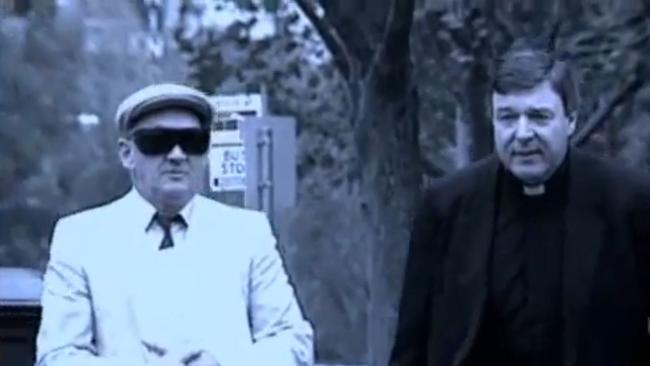
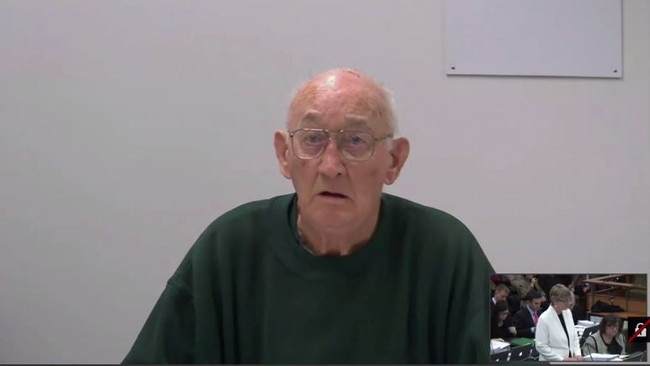
The third most powerful man in the Vatican and Australia’s most senior Catholic has been found guilty of raping one choirboy and molesting another in Melbourne’s St Patrick’s Cathedral 22 years ago.
A jury delivered the unanimous verdict on December 11 in Melbourne’s county court, but the result was subject to a suppression order and could not be reported until now.
“You’re a monster … may you rot in hell,” one person yelled. “You’re a disgrace.”
It marks a spectacular downfall for the prominent figure.
Though Cardinal Pell went on to ascend the ranks of the Catholic Church and become Pope Francis’ chief financial adviser, he would eventually find himself pulled back to Australia.
Cardinal Pell was the highest-ranking Vatican official to ever be charged in the church’s long-running abuse scandal.
The 77-year-old vehemently denied the allegations after he was charged in mid-2017, and vowed to return to Australia to clear his name.
Timeline: George Pell case from claims to guilty verdict
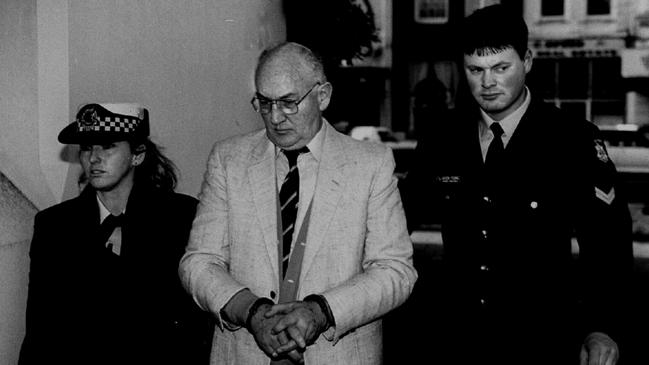
But he received a cool reception here, where he faced years of accusations that the church mishandled cases of clergy abuse when he was archbishop of Melbourne and, later, Sydney.
The towering former AFL player’s abrasive nature has long been off-putting to many, with the father of one clergy abuse victim once accusing him of having a “lack of empathy”.
Yet Cardinal Pell’s defenders long said the Ballarat-born clergyman simply had an image problem, that he was a good man who struggled to convey what is in his heart.
Those few supporters, who dwindled away, have now been proven wrong.
Here is an exchange between @leighsales and Cardinal George Pell from a press conference in 2012. #Pell was responding to the Gillard government’s decision to hold a royal commission into historical child sex abuse within institutions. #abc730 pic.twitter.com/6AZDXH4rs9
— abc730 (@abc730) 26 February 2019
Cardinal Pell himself acknowledged his PR problems back in 2013, saying of his decision to support Ridsdale that day 20 years earlier: “I intended no disrespect to the victims. I understand now that they perceived it — and probably rightly — as such, but I did not at the time.”
“His style can be robust and direct; he does not wear his heart on his sleeve,” seven Australian archbishops and bishops wrote in a statement supporting Cardinal Pell in 2015.
“But underneath, he has a big heart for people.”
Related story: Why we couldn’t report George Pell’s guilty verdict last year
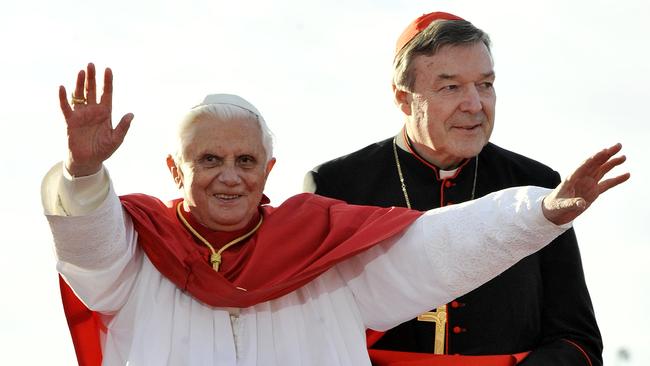
Cardinal Pell was born in 1941 in Ballarat, a deeply Catholic city in the southern Australian state of Victoria that would eventually become the epicentre of the nation’s clergy abuse crisis.
He was ordained a priest for the Ballarat diocese in 1966, and became an auxiliary bishop of the Melbourne Archdiocese in 1987. In 1996, he was appointed archbishop of Melbourne and was made Sydney archbishop five years later.
Impressive as his career trajectory was, he never managed to shake the Ridsdale controversy.
In many ways, the photograph encapsulated the Catholic Church’s attitude toward sex abuse the world over. Church leaders regularly sided with the priests who stood accused of raping and molesting children, placing the reputation of the church above the safety of the young and the real needs of abuse victims.
And despite what supporters dubbed his pioneering efforts to compensate victims, he was dogged for years by allegations that he should have done more to stop clergy from abusing children in the first place, particularly in Ballarat.
The city was devastated by disclosures of a huge number of church abuse victims, scores of whom killed themselves in an unprecedented cluster of abuse-related suicides.
In 2012, the Australian government announced a royal commission into how the Catholic Church and other institutions have responded to child sex abuse.
Cardinal Pell testified repeatedly before the commission, and was peppered with questions about current Vatican efforts to address the scandal as well as how he dealt with abuse allegations against other clergy members during his time in Australia.
The cardinal largely deflected any blame, though eventually conceded that he had erred by often believing the priests over victims.
In 2016, Cardinal Pell sparked a fresh wave of anger in Australia after saying he was too ill to travel back to testify — for a third time — before the commission, opting instead to speak via video link from Rome.
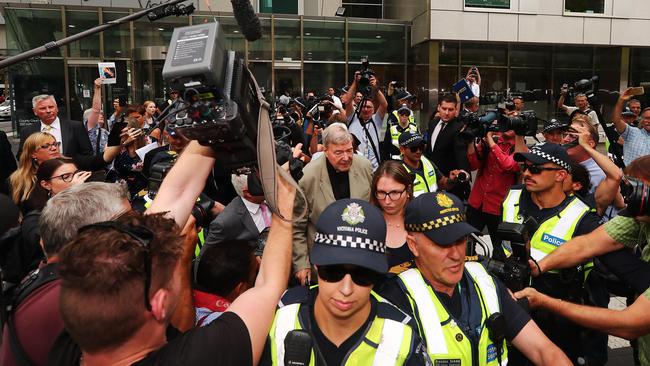
A crowd-funding campaign was quickly set up to send abuse victims from Ballarat to Rome so they could watch the testimony in person.
Comedian and musician Tim Minchin released a blistering song entitled Come Home (Cardinal Pell), in which he called the cardinal an ethically hypocritical, arrogant coward.
In 2014, Pope Francis named Cardinal Pell prefect of the new economy secretariat, tasked with getting the Vatican’s vast and complicated finances under control. Critics in Australia saw Cardinal Pell’s move as an attempt to leave the church’s troubles behind and avoid dealing with the abuse scandal.
But the charges in Australia were woes he could not escape. Today, his victims have received justice but many will not forget the lengths the church went to in order to shelter and support him.
In a statement released after Cardinal Pell was charged, Sydney Archbishop Anthony Fisher stood by him and said the archdiocese would support him with accommodation upon his return.
“The George Pell I know is a man of integrity in his dealings with others, a man of faith and high ideals, a thoroughly decent man,” Fisher said.
— With AP
